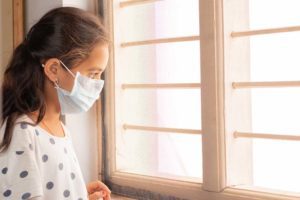Pandemic disruptions caused significant learning loss
A recently published study by McKinsey & Company reveals that after a year in remote and hybrid learning, students in the United States have fallen behind significantly. Assessment tests showed the biggest loss is in math, averaging 5 months behind, and English following at 4 months behind.
Keeping in mind that this is an average across the whole country, there are many school districts and populations that have actually seen far greater losses in learning. These studies also showed that Black and Hispanic students ended the 2020/2021 school year 6 months behind.

If you have a school-age child, you know that academic loss isn’t the only harm our students have suffered during the pandemic. Thirty-five percent of 16,370 parents surveyed across every state in America said they were “very or extremely concerned” about their child’s mental health. Roughly 80 percent of parents had “some level of concern” about their child’s mental health or social and emotional health and development since the pandemic began.
Chronic absenteeism and a sharply increased dropout rate have contributed to the learning loss crisis. Further, the survey suggested that 17 percent of high school seniors who had previously planned on attending postsecondary school have now abandoned those plans. Most have joined or are planning to join the workforce, and many state that the cost of postsecondary education is the main reason.
While remedies are already in place in some areas, and programs and plans are being developed to help address learning loss, attendance, and the dropout rate, the cumulative effects of the pandemic can have a long-term impact on this generation of students.
What can parents do?
The McKinsey & Company research “suggests that parents underestimate the unfinished learning caused by the pandemic.” Forty percent of the parents surveyed thought their child was on track academically. More than half of parents “think their child is doing just fine.” Statistics from assessment tests tell a different story.
Parents who recognize their child’s dilemma, and are committed to doing something about it, are choosing a variety of remedies and innovations: tutoring, summer school, enrichment programs, homeschooling, district-sponsored “recovery programs”, hybrid models of in-person plus remote learning, homeschooling, learning hubs, and even holding their child back a year.
The case for tutoring
Though not the answer for every child, personalized one-on-one tutoring is one way parents are choosing to get their kids re-engaged, on-track, and academically successful. At TutorUp, all of our tutors are certified teachers with classroom experience. It’s not enough to have a tutor who is a subject matter expert if they don’t also have training and experience in how to assess, adapt, innovate, motivate, measure, and provide the individual and personalized instruction each child needs.
Following a chaotic year-and-a-half of a mixed bag of school experiences, teachers will not only have their hands full trying to reach each student at their level of ability, but they are all dealing with quarantine restrictions, an uptick in positive COVID-19 cases, and worry about their own health.
Will teachers – even the most well-meaning – be able to help their students in the classroom make up for all of the learning loss?
Tutoring is often a choice parents make as a reaction to finding out that their child is struggling in school, or possibly even failing a subject. As parents realize that even the most conscientious students are suffering learning loss through no fault of their own, they are choosing to enlist tutoring support to help bridge the gap.

